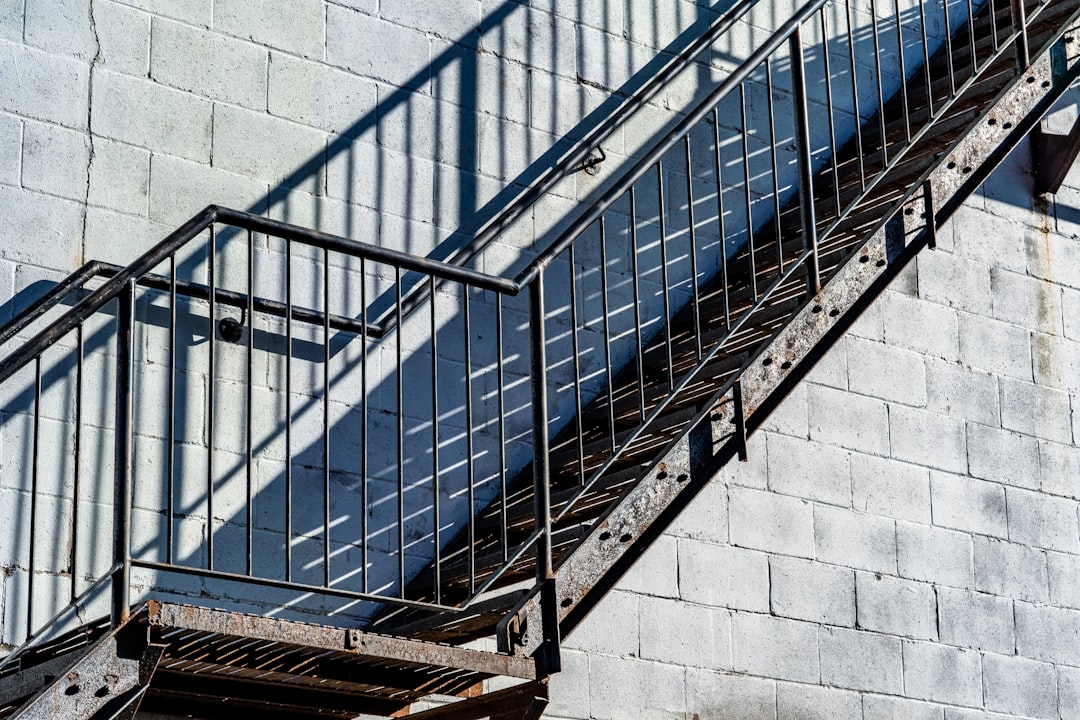
For construction professionals, accurately estimating the labor cost of installing hardwood stairs is crucial. Labor costs can range from $650 to $1200 per opening, depending on various factors. Below, we explore the key factors that influence labor costs and offer strategies to maintain profitability while ensuring client satisfaction.
• Labor typically accounts for 50-65% of a hardwood stair budget, with custom layouts potentially increasing this percentage.
• Profit margins are determined during the installation phase; miscalculating crew hours can negate material markups.
• Accurate labor projections are essential for maintaining project timelines and securing referrals.
• Straight-flight stairs require fewer cuts and less trim work, often needing 20-30% fewer crew hours than U- or L-shaped designs.
• Open risers and floating designs add time for structural blocking, concealed fasteners, and sanding on multiple faces.
• Tightly framed, level stringers allow immediate installation of treads and risers.
• Uneven framing necessitates extra shimming, re-squaring, or sistering, adding two to four labor hours.
• Bullnose or waterfall edges require router passes and hand sanding.
• Integrated LED nosing involves routing channels and low-voltage wiring by a licensed electrician.
• Custom stain blends extend onsite finishing time by one to two days.
• Occupied homes slow production as every cut must be dust-contained.
• Limited access or narrow hallways increase material handling time.
Based on thousands of residential stair estimates logged in the past 12 months:
• Straight 12-tread staircase: 22-28 labor hours
• L-shaped with landing: 30-36 labor hours
• U-shaped with two landings: 38-46 labor hours
Multiply the benchmark by your local labor rate to establish a solid labor cost baseline.
1. Open a voice session in the estimation app and walk the site.
2. Describe the staircase—dimensions, turns, finishes. The AI converts speech to structured scope items.
3. Draw or upload the floor plan. The blueprint takeoff engine traces stringers, treads, and landings automatically.
4. Cross-reference the scope with live labor-rate databases and output crew hours plus cost.
5. Instantly generate a branded PDF proposal or sync the data to your invoicing system.
• Project: 14-tread L-shaped oak staircase in Augusta, ME
• Estimated labor: 34 hours at $68/hr = $2,312
• Actual billed hours: 33.5—variance <2% thanks to AI precision
• Prefinish treads and risers off-site to eliminate sanding days.
• Order pre-mitered skirt boards for faster wall interface.
• Schedule electrical rough-ins before stair install so crews aren’t idle.
• Use task scheduling to overlap drying and cure times with other trades.
• Always scribe skirt boards first; it sets the reference for every tread.
• Label tread orientation during dry-fit to avoid flipping pieces later.
• Keep a dedicated trim router on site—bit changes waste surprising minutes.
• Shoot a quick video of hidden fastener locations for the homeowner’s records.
• Sync daily hours to your portfolio to build a data-backed showcase for future bids.
• AI accuracy within 3% of actual labor on average
• Voice-to-estimate workflow saves up to 90 minutes per bid
• Integrated invoicing eliminates double entry
• Transparent cost breakdown builds client trust and speeds approvals
Ready to see how precise your next hardwood stair quote can be? Start a free voice estimate or schedule a live demo with residential specialists.

When Maple Street Builders approached with a tight, three-week remodel schedule, the hardwood stairs were the critical path item. Using voice-guided scope capture, the project manager detailed a U-shaped staircase with white-oak treads, painted risers, and a custom metal balustrade. Within four minutes, a 44-hour labor projection was delivered—six hours less than the builder’s manual takeoff.
• Prefinished Components: Recommended a factory-applied clear coat, shaving two sanding days off the calendar.
• Sequenced Task Calendar: Flagged overlap opportunities with drywall touch-ups, allowing simultaneous trades.
• Real-Time Adjustments: After demolition revealed uneven stringers, the superintendent updated notes via voice; instantly added two crew hours and reissued the proposal, preventing surprise change orders.
• Actual install completed in 43 hours—1 hour under the AI estimate.
• Project closed two days early, freeing the crew for the next job and boosting revenue.
• Homeowner left a five-star review citing “pin-point accuracy” in upfront pricing.
1. Capture scope details early. A five-minute voice session can eliminate days of back-and-forth clarifications.
2. Lean on data. Historical crew-hour benchmarks guide realistic scheduling and staffing.
3. Keep the estimate live. Field surprises are inevitable; updating the digital scope in real time protects profit.
Visit the website to book a no-pressure walkthrough of the residential estimation workflow and see firsthand how precise, dynamic labor costing lets you bid sharper and build smarter.